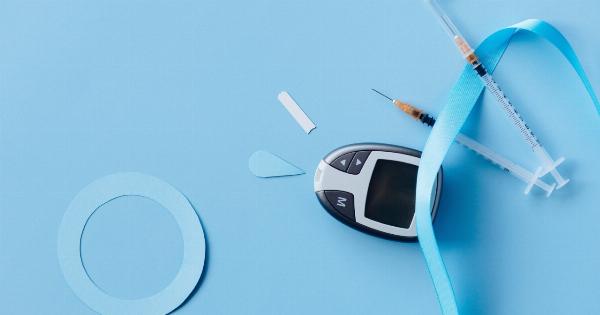For millions of people worldwide, living with type 1 diabetes is an everyday reality. Type 1 diabetes, also known as juvenile diabetes, is an autoimmune disease that requires insulin therapy for survival.
But what if there was a way to replace the need for daily insulin injections? Recent advancements in medical research and biotechnology have paved the way for a potential breakthrough in the treatment of type 1 diabetes: insulin-producing cells.
The current treatment landscape
Currently, individuals diagnosed with type 1 diabetes rely on exogenous insulin, typically injected multiple times a day, to regulate their blood sugar levels.
While insulin therapy has come a long way since its discovery, it is still not a perfect solution. Patients face the constant challenge of calculating the correct dosage, dealing with potential hypoglycemic events, and adhering to a strict regimen.
However, the future of type 1 diabetes treatment looks promising. Researchers and scientists have been actively exploring alternative approaches that could revolutionize the lives of those living with this chronic disease.
One of the most exciting prospects on the horizon is the development of insulin-producing cells.
Insulin-producing cells: A potential game-changer
Insulin-producing cells, also known as beta cells, are responsible for the natural production and release of insulin in the human body. These cells are found in the pancreas and play a crucial role in maintaining blood sugar levels.
In individuals with type 1 diabetes, beta cells are either severely impaired or completely destroyed by the immune system, necessitating external insulin administration.
Scientists have been investigating various methods to create functional insulin-producing cells in the laboratory. One approach involves using stem cells, which have the unique ability to develop into different types of cells.
By coaxing stem cells to differentiate into beta cells, researchers have been able to generate insulin-producing cells in the lab setting.
Another approach being explored is the transplantation of beta cells into the bodies of individuals with type 1 diabetes.
This can be achieved through encapsulation techniques that protect the transplanted cells from immune system attack, or by using immunosuppressive drugs to prevent rejection.
While the development of insulin-producing cells is still in the experimental stage, early studies and trials have shown promising results. Animal models have demonstrated improved glucose control and reduced reliance on external insulin therapy.
Human clinical trials are underway to further assess the safety and efficacy of these approaches.
Challenges and considerations
As with any groundbreaking medical development, there are several challenges and considerations that need to be addressed before insulin-producing cells can become a widely available treatment option for type 1 diabetes patients.
Firstly, the issue of immune system response needs to be tackled. Since type 1 diabetes is an autoimmune disease, there is a risk of the transplanted insulin-producing cells being attacked by the patient’s immune system.
Encapsulation techniques and immunosuppressive drugs aim to mitigate this risk, but further research is needed to improve their effectiveness and long-term safety.
Additionally, the production of functional insulin-producing cells at a large scale presents a logistical challenge. Ensuring the reproducibility and quality of these cells is crucial for their successful implementation.
Scalable manufacturing processes and robust quality control measures are necessary to meet the demand for such therapy.
Furthermore, the cost and accessibility of these innovative treatments must be considered. Developing insulin-producing cells can be a complex and expensive process.
Making them accessible and affordable for all individuals with type 1 diabetes will require careful consideration of healthcare systems, reimbursement models, and industry collaboration.
The future of type 1 diabetes treatment
Despite the challenges, the potential benefits of insulin-producing cells for individuals with type 1 diabetes are immense. If successful, this breakthrough could significantly improve the quality of life for millions of people worldwide.
Imagine a world where daily insulin injections and meticulous blood sugar monitoring are no longer necessary.
Insulin-producing cells have the potential to restore the body’s natural ability to regulate blood sugar levels, freeing individuals from the burden of diabetes management.
Additionally, with the advent of personalized medicine and advancements in genetic engineering, researchers may even develop ways to prevent type 1 diabetes altogether.
By identifying individuals at risk and intervening early, the need for insulin-producing cells could be eliminated entirely.
Conclusion
The development of insulin-producing cells represents a significant milestone in the quest for a cure for type 1 diabetes. While there are still many challenges to overcome, the progress made thus far is undeniably promising.
With continued research, innovation, and collaboration between the scientific community, healthcare providers, and policymakers, we may soon witness a future where insulin-producing cells become a reality for type 1 diabetes patients.
This breakthrough could not only transform the lives of those living with the disease but also inspire hope for a world without type 1 diabetes.































